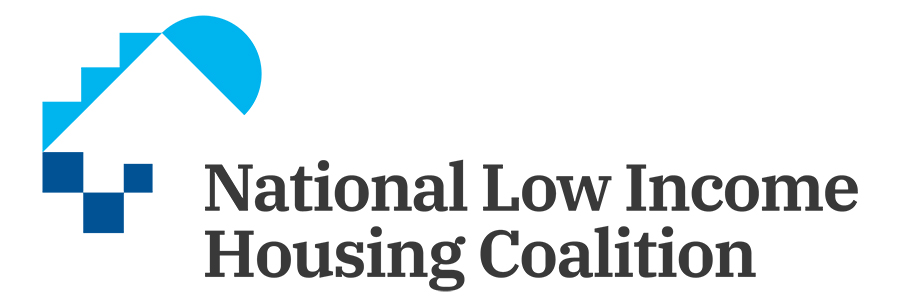New NLIHC Report Highlights Persistent Housing Affordability Challenges for Low-Wage Renters

On July 14, the National Low Income Housing Coalition (NLIHC) released Out of Reach 2021: The High Cost of Housing, its annual report documenting the gap between renters’ wages and the cost of rental housing across the nation. NLIHC’s 2021 report concludes that the profound economic downturn caused by the COVID-19 crisis had a significant impact on the lowest-wage households, exacerbating the disconnect between wage growth and rental cost increases.
The report calculates the “Housing Wage“ a full-time worker must earn to afford a rental home without spending more than 30 percent of their income on housing costs. This year’s national Housing Wage is $24.90 per hour for a two-bedroom home at fair market rent and $20.40 per hour for a modest one-bedroom rental home, a 3.9 percent and 4.2 percent increase from the 2020 Housing Wages, respectively. In no state, metropolitan area, or county can a full-time, minimum-wage worker afford a modest two-bedroom rental home, and that same worker can afford a modest one-bedroom rental home in only 7 percent of U.S. counties.
 The report notes that more than 7.5 million extremely low-income renters are severely housing cost-burdened. Such cost burdens contribute to housing instability and homelessness, disproportionately impacting people of color. Black and Latino workers earn less than white workers and are more likely to spend more than 30 percent of their incomes on housing costs, compared to 25 percent of white households who are housing cost-burdened. Pervasive racial and ethnic inequities across multiple domains — in wealth, income, employment, neighborhood quality, health care access, and housing — mean that people of color are often the most severely impacted when disaster strikes. Moreover, the Census Household Pulse Survey has shown that Black and Latino renters are more likely to fall behind on their rent.
The report notes that more than 7.5 million extremely low-income renters are severely housing cost-burdened. Such cost burdens contribute to housing instability and homelessness, disproportionately impacting people of color. Black and Latino workers earn less than white workers and are more likely to spend more than 30 percent of their incomes on housing costs, compared to 25 percent of white households who are housing cost-burdened. Pervasive racial and ethnic inequities across multiple domains — in wealth, income, employment, neighborhood quality, health care access, and housing — mean that people of color are often the most severely impacted when disaster strikes. Moreover, the Census Household Pulse Survey has shown that Black and Latino renters are more likely to fall behind on their rent.
The report concludes that low-wage renters will continue to struggle due to high debt accumulation if there isn’t significant congressional action. NLIHC notes the emergency rental assistance provided in response to the health crisis alone will not solve the long-term affordability challenges low-wage renters have faced for decades. As a result, NLIHC calls for a stronger, robust housing safety net that includes a sustained commitment to universal rental assistance for eligible households by fully funding the Housing Choice Voucher program, providing investments in new affordable housing to the lowest-income people, preserving affordable rental homes that already exist through the national Housing Trust Fund, and establishing stronger renter protections.
Report data is available for every state, metropolitan area, and county on NLIHC’s website.

